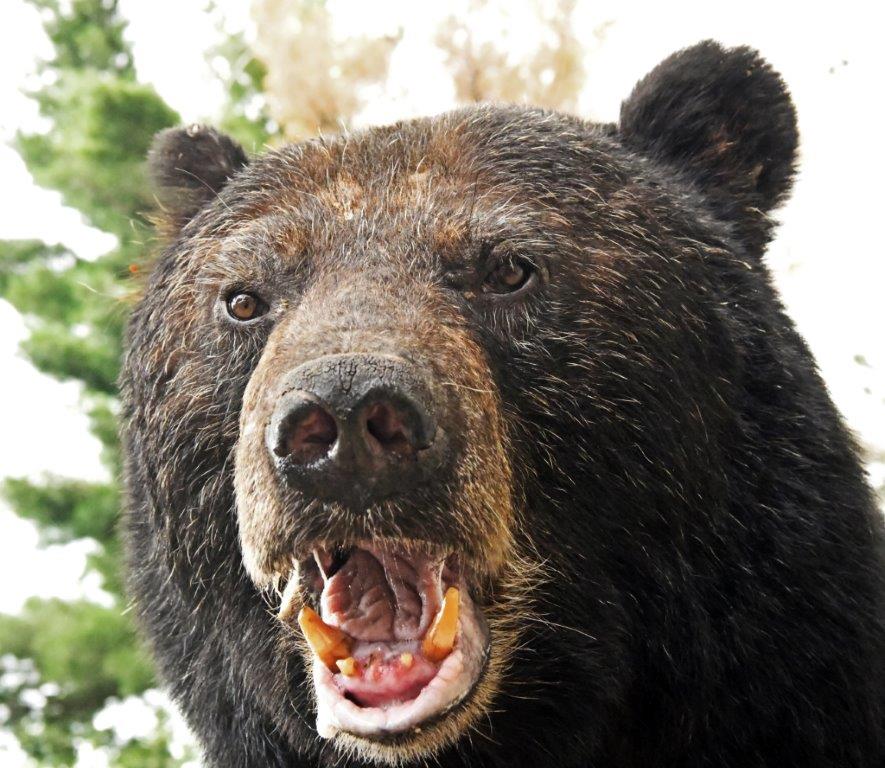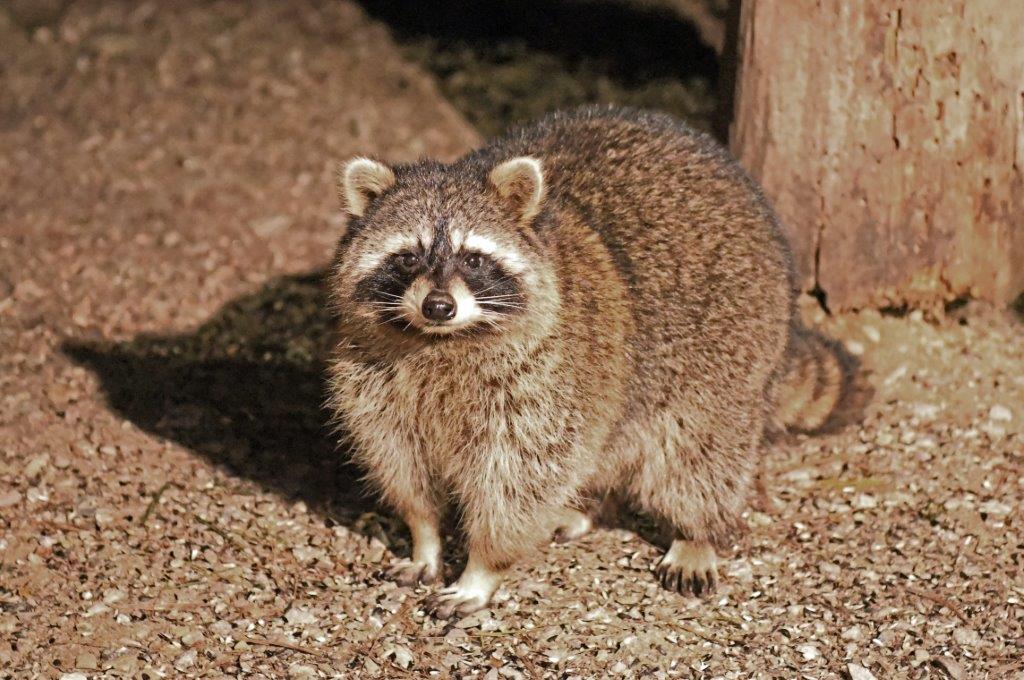Bears I Look Forward to Seeing - UPDATE January 3, 2024
Lily 2009

As we get into the swing of the new year, I’m thinking of bears I hope to see. At the top of the list is 17-year-old Lily and the cubs she should have in the next couple weeks. This picture of 2-year-old Lily is from October 1, 2009, when she was two years old and giving up on digging a den that had too many big rocks. She was about to make a move that would benefit bears and people. She moved to the den where the world got to know her. With the den cam, we all shared in learning as she refuted so many misconceptions about how black bears give birth and care for cubs (Lynn L. Rogers, Linda McColley, Janet Dalton, Jim Stroner, Douglas Hajicek, Adam Partin and Gordon M. Burghardt. Behavior in Free-Living American Black Bear Dens: Parturition, Maternal Care, and Cub Behavior. Animals 2020, 10, 1123; doi:10,3390/ani10071123).
Guy w/chipmunk 7-20-23 by L. Kennedy
Guy w/chipmunk 7-20-23 by L. Kennedy

Another bear I hope to see is old Guy who showed his age this past summer with the white on his head, his eyelashes, and toe hairs. Guy is a trusting bear who tolerates chipmunks and people. That began some 14 years ago on August 1, 2009 when I first stroked him. Two weeks later he began calmly letting me take his pulse that was between 102 and 122 when he was calm. Then there was the moment on August 3, 2014 when a bear who made his fellow bears uneasy was behind me. Guy blew and chomped his teeth at the bear with me in position to immediately feel his chest—140 per minute.
This past summer, Guy was his same old self, sharing food with a trusting chipmunk and ignoring two of us as we snapped pictures to record his gentle nature and his white hairs and loss of lower incisors. We also got to see the big dark area between the enamel-covered crown area and gums on his lower canines. Seeing that makes me think I misjudged his age when I first guessed him to be five or six back in 2009. I now suspect he is in his mid-twenties.
Guys teeth - 7-20-23
Guys teeth - 7-20-23

Guy is a good example of a bear that trusts people at diversionary feeding sites, stays out of trouble and lives out his natural life span. Actually, that is fairly typical of bears in this area of diversionary feeding. In years of berry crop failure when other bears are being shot going from house to house as nuisances looking for bird seed and garbage, bears in this area are being greeted at a dozen diversionary feeding sites and staying out of trouble. As a result, bears around here are more likely to let people see their white hairs and tooth loss as in the picture.
I’d like to have a permit to radio-collar such bears and learn more about their travels, bear/bear interactions, dominance, reproductive success, weight, hibernation, foraging, bear/human relations, and whatever they would show us about their period of sentience and eventual natural causes of death—things no one has studied. The closest we have come to doing that was determining the natural cause of death of 26-year-old Midge as is reported in this paper that can be seen by clicking on the highlighted title (Dykstra, J.A., L. L. Rogers, S. A. Mansfield, and A. Wünschmann. 2012. Fatal disseminated blastomycosis in a free-ranging American black bear (Ursus americanus). Journal of Veterinary Diagnostic Investigation. 24(6) 1125–1128).
There is so much yet to learn.
Raccoon
Raccoon

A nice moment a couple days ago was this raccoon stopping to say hi for a moment as it was foraging.
Thank you for all you do,
Lynn Rogers, Biologist, Wildlife Research Institute and North American Bear Center

 Author
Topic: Jewel and her cubs (Read 2355385 times)
Author
Topic: Jewel and her cubs (Read 2355385 times)
